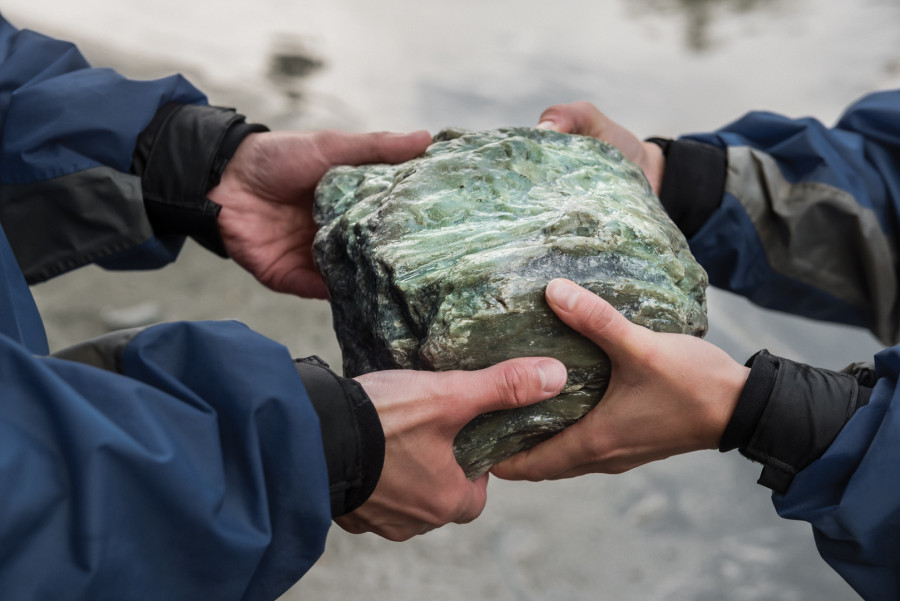
The Treaty of Waitangi is New Zealand's founding document, which was first signed on 6 February, 1840. The Treaty is an agreement, with versions in Māori and English, between the British Crown and around 540 Māori rangatira (chiefs). In return for British sovereignty or kāwanatanga the chiefs were guaranteed their autonomous control of their lands, forests and fisheries or tino rangatiratanga together with their ‘treasures’ taonga.
The Treaty was signed in Te Waipounamu (the South Island) at four different locations, three of which were within the Ngāi Tahu takiwā (territory). As a result of the signings at Akaroa, Ruapuke Island and Ōtākou, Ngāi Tahu became a party to the Treaty of Waitangi. It was a treaty of cession, transferring Ngāi Tahu sovereignty to the Crown in return for important guarantees.
Between 1848 and 1864 Ngāi Tahu entered into a series of land sales to the Crown, but as early as 1849 the Crown defaulting on the agreements. Relationships between Ngāi Tahu and the Crown became progressively more difficult and deep suspicions of the Crown's good faith by some Ngāi Tāhu chiefs were confirmed. The Ngāi Tahu Claim, 'Te Kerēme', was born.

The Crown had failed to set aside the adequate reserves they had promised to Ngāi Tahu, which was 10 per cent of the 34.5 million acres they were sold. There were disputes over boundaries, and the Crown's failure to establish the promised schools and hospitals. In addition, the tribe lost its access to its mahinga kai, or food gathering resources, and other sacred places.
Robbed of the opportunity to participate in the land-based economy alongside the settlers, Ngāi Tahu became an impoverished and virtually landless tribe.

In 1998, after nearly 150 years, Ngāi Tahu settled the claim receiving;
The Crown settlement has allowed the tribe to economically and culturally re-establish itself.
Today, Ngāi Tahu has diverse portfolio of investments across fishing, tourism, farming, property as well as a diversified equities portfolio, all of which are managed through Ngāi Tahu Holdings Ltd, parent company of Ngāi Tahu Tourism.
Ngāi Tahu Holdings are focused on long term steady investments which help grow the pūtea (fund). This investment allows Ngāi Tahu to further support the ongoing work of helping Ngāi Tahu whanau (families) realise their aspirations now and into the future.